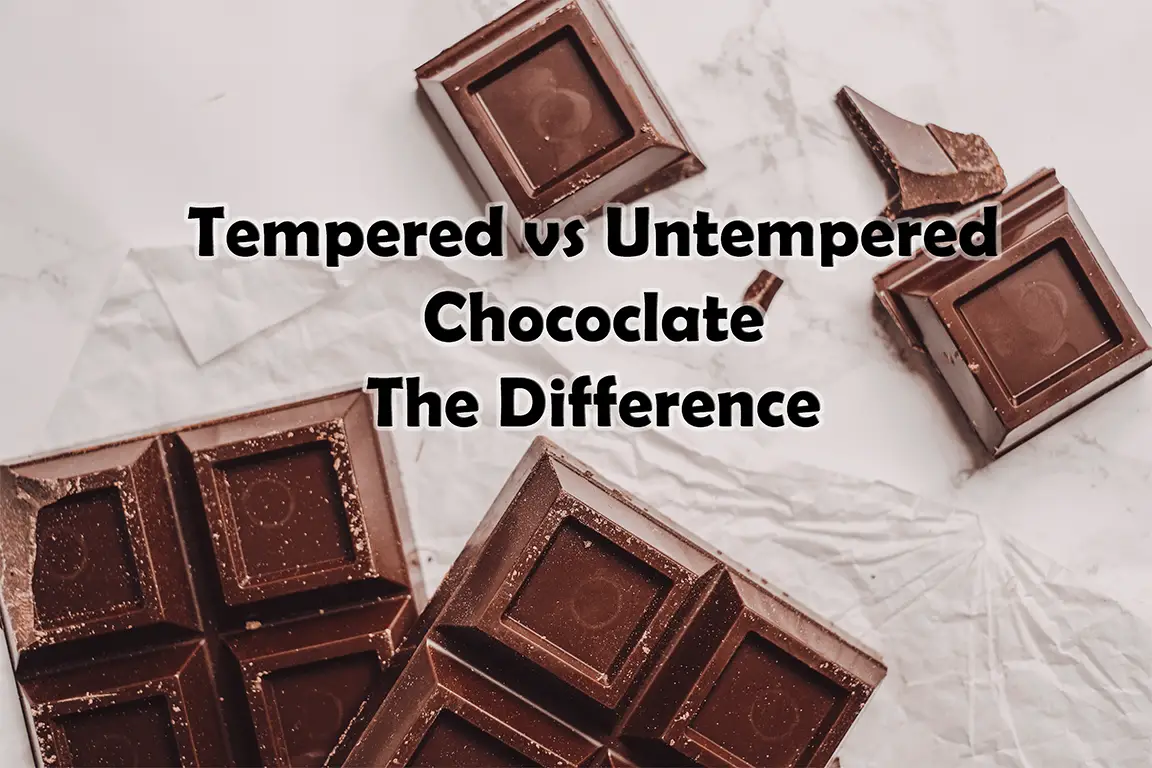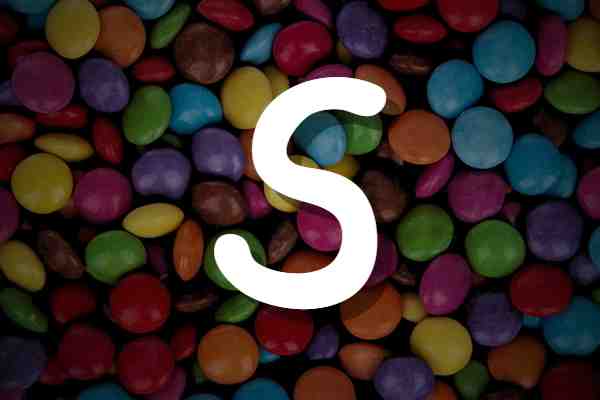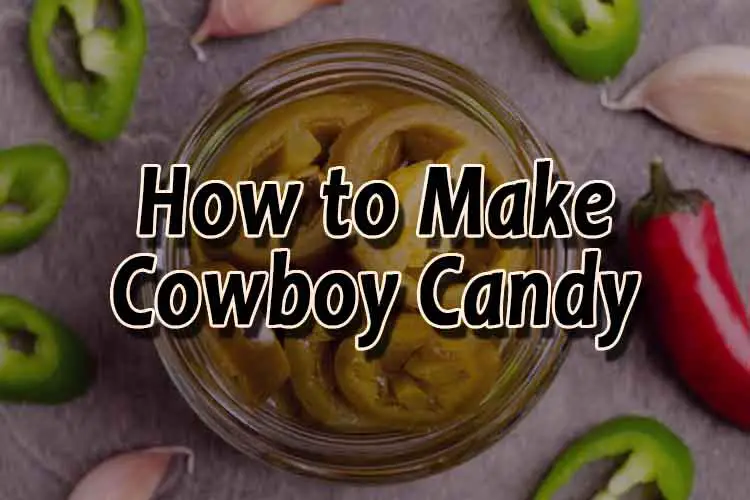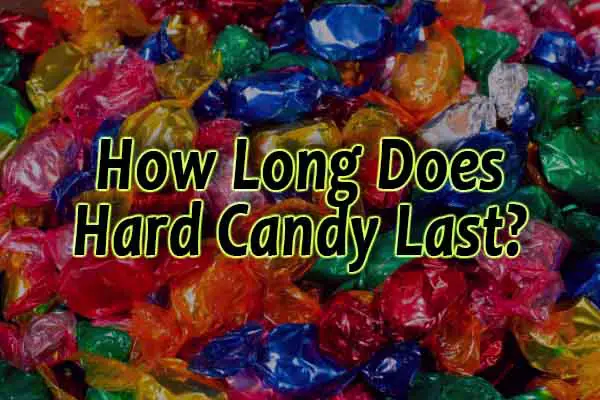Tempered chocolate is the perfect thing to have on hand for your next party. It holds its shape and texture at normal room temperatures. It is visually appealing, and it is satisfying to feel the “snap” of biting into tempered chocolate. If you’re dipping treats in chocolate, tempered is the way to go!
The main difference is that tempered chocolate has a smooth, hard, glossy finish that does not melt easily. Untempered chocolate melts easily while held and has a dull, blotchy finish with a chalky texture in the mouth.
What is tempered chocolate?
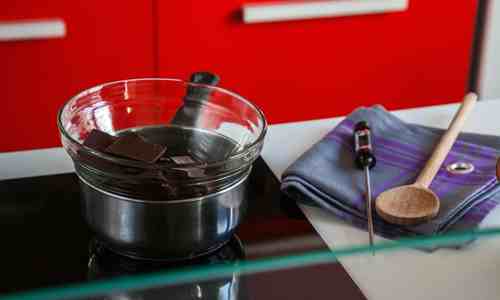
Tempered chocolate is chocolate that has been heated and cooled to alter its physical properties. This benefits chocolate through a shiny, glossy appearance and the ability to hold its shape at room temperatures. To get a glossy, smooth texture, tempering chocolate involves a controlled method of precise heating and cooling.
Tempering chocolate is similar to tempering steel swords to improve its “hardness”. And no, it is not the same as throwing tempers. While this is not exactly rocket science, it may take a couple of attempts to get the tempering right!
Cocoa butter in chocolate is polymorphic, meaning it can have different distinct crystallized forms with varying melting points. Tempering chocolate is a way to get the desired stable, shiny appearance from one form of crystallization (Form V) out of six.
Form-V cocoa butter crystals
Melting point (33.8°C/94°F) – Chocolate must be under this temperature to have Form-V crystals.
However, temperatures lower than 85°F/29°C will contain Form-V crystals and unstable Form-IV crystals. These unstable crystals can result in less snap and gloss in finished chocolate along with a higher tendency to show blooming.
Why temper chocolate?
Tempered chocolates have a glossy appearance, sets quickly, and are more stable. It doesn’t melt at room temperatures like untempered chocolate might. Tempered chocolate does not bloom when stored. Additionally, the shelf life is longer than untempered chocolate!
Tempered chocolate is ideal for fruits, confections, or pastries that are dipped. This makes them perfect for displaying at your store as opposed to untempered chocolates. Additionally, for making hard chocolates that require a mold, it is a lot easier to remove from the chocolate mold.
Any confectioner constantly working with chocolate should learn how to temper chocolate.
Differences between tempered and untempered chocolate
| Property | Tempered | Untempered |
|---|---|---|
| Visual | Smooth, shiny | Streaky, dull |
| Taste (texture) | Crisp | Soft; chalky |
| Structure | Stable; holds shape | Melts easily |
| Common use | Popular dip for most sweets | Making cake or sauce |
| Pros | Visually appealing | Perfect for baking |
| Cons | Difficult to perfect technique | Looks unappetizing, short shelf-life |
Is tempered or untempered chocolate better?
For visual types of confections, a stable smooth look will make anything dipped look delicious. Tempered chocolate also hardens quickly as it cools compared to untempered. For a professional, clean finish, tempered chocolate is the way to go. Tempered chocolate wins in taste, texture, and looks.
That aside, tempered chocolate develops nearly no bloom compared to untempered.
How to tell if chocolate is untempered?
Untempered chocolate melts at room temperatures in the hand and takes a longer time to set. Chocolate “blooming” may occur where white blotches or streaks appears on the surface of the chocolate. This is caused by the sugar crystals forming on the surface.
While it may not look visually appealing, chocolate bloom has no effect on the taste. To remove chocolate bloom, the best way is to simply retemper the chocolate.
Why does chocolate bloom? Chocolate bloom occurs when the chocolate is stored in improper conditions. Avoid moisture and excess temperature when storing chocolate to avoid both forms of chocolate bloom: fat bloom and sugar bloom.
When should you use untempered chocolate?
Untempered chocolate is best used for making brownies, cakes, pudding, ice cream – pretty much anything that just needs the chocolate flavoring.
It is too sticky and soft to be used as a dip. Untempered chocolate dips do not stick to the dipped product easily and will not create a uniform layer.
Can you temper chocolate chips?
No, some chocolates are not made for tempering. Cookies for example will need to retain their chocolate chips during the cooking process. Chocolate chips are formulated to not completely melt at baking temperatures.
You could create a temporary hard coating by cooling melted chocolate chips to refrigerator temperatures, then serving shortly after removing them. However, even after attempting to temper chocolate chips, more often than not, they will melt at room temperatures which is undesirable for dipping chocolates.
Can you refrigerate chocolate to cool it down for tempering?
Do not cool chocolate in the refrigerator for more than an hour!
Although using the refrigerator to cool chocolates or to make molds is fine, don’t leave the chocolates in the refrigerator for too long. You risk blooming (sugar rising to the surface, creating blotchy white streaks) from condensation in the fridge. While this does not affect the taste of chocolate, it makes it look very unappealing; it looks like chalk on some chocolate. Yuck!
Chocolate can absorb the odors of nearby food.
If you must chill chocolate in the refrigerator, try to keep it in an enclosed container or away from smelly foods. Having garlic or onion near the chocolate can cause the chocolate to absorb these smells, potentially affecting the taste and smell.

